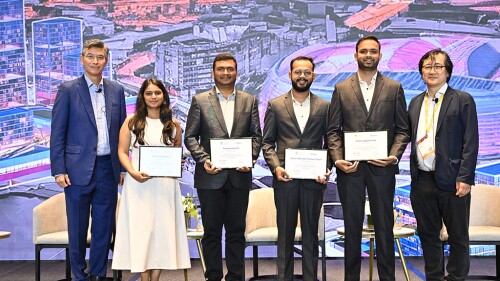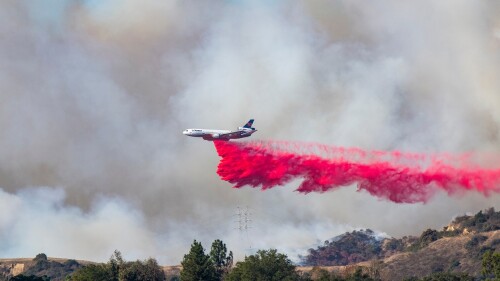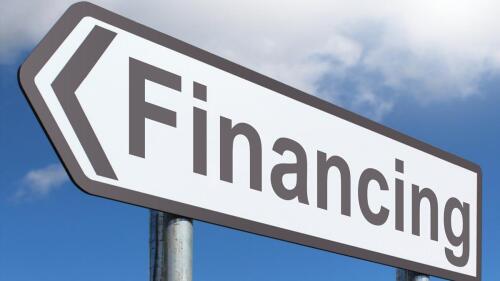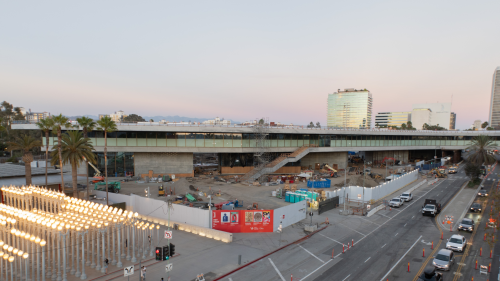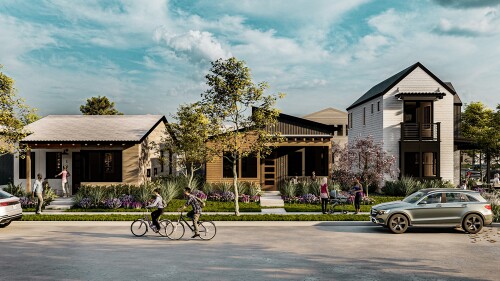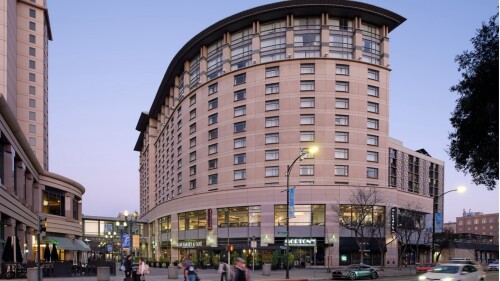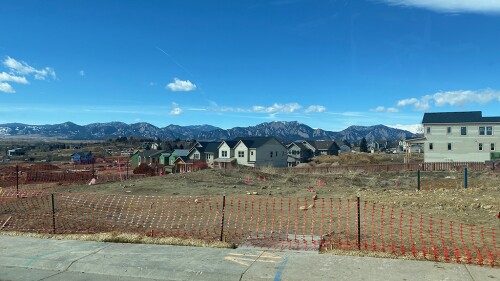10 inventive designs put housing within reach of low- and moderate-income individuals and families
Experts encourage the creation of community rebuilding authorities and other measures to ensure the best-case scenario for recovery after January’s wildfires.
President Donald Trump has said that his administration is working to privatize Fannie Mae and Freddie Mac and end the government-controlled conservatorship of the two that has been in place since the 2008 housing crash. The plan being floated involves taking the two entities public while retaining key U.S. government guarantees to backstop loans.
U.S. tariffs have increased from around 3 percent to 24.8 percent on a trade-weighted rate—the highest in over a century—and would climb to 32.8 percent if all proposed levies were implemented. The Yale Budget Center conservatively estimates that tariffs will cause the personal consumption expenditures price index to rise 3 percent, cutting household purchasing power by $4,900 annually.
Best Practices
Fourteen developments from across Asia have been named winners of the 2025 ULI Asia Pacific Awards for Excellence, one of the real estate industry’s most prestigious honors. Announced at the 2025 ULI Asia Pacific Summit held in May in Hong Kong, this year’s award winners include projects in Australia, Bangladesh, China, India, Japan, the Philippines, and Singapore.
Winning proposal reimagines Hong Kong’s Kai Tak Waterfront as a model for sharing cities, where density drives innovation and inclusive urban living.
The exponential growth in data creation and a significant shift toward cloud computing in recent years have driven soaring demand for data centers. Although artificial intelligence (AI) is frequently cited as the primary driver of the surge in demand for these facilities and their construction, JLL’s latest North America Data Center Report reveals a more nuanced reality. The report provides a comprehensive overview of the current market, challenges that the sector faces, and forecasts for the future of the booming data center industry.
Project Recovery in Los Angeles
At the Urban Land Institute’s 2025 Spring Meeting in Denver, real estate leaders gathered to share critical lessons learned from the catastrophic wildfires that ravaged Los Angeles in January. The panel, “Rebuilding Resilience: A Conversation with Leaders on Lessons from the Los Angeles Wildfires,” emphasized the importance of swift disaster response and collaborative approaches, as members unveiled the influential Project Recovery: Rebuilding Los Angeles After the January 2025 Wildfires report, which they hope will serve as a blueprint for other cities facing disasters.
In the aftermath of January’s devastating Eaton and Palisades fires, Los Angeles faces a daunting challenge: how to rebuild not only homes but also the infrastructure that underpins entire communities—from water and electrical distribution systems to damaged sewers and streets to community essentials such as trees, parks, and libraries. The scale of the infrastructure challenge is immense.
Experts explore new underwriting models and tax increment financing districts to fund the rebuilding of homes and infrastructure
Experts encourage the creation of community rebuilding authorities and
other measures to ensure the best-case scenario for recovery after January’s wildfires
other measures to ensure the best-case scenario for recovery after January’s wildfires
In the aftermath of California’s devastating January fires, which caused more than $164 billion in losses, experts are calling for urgent reforms in wildfire insurance policies. Advocates, including Darcy L. Coleman of Alagem Capital, emphasize the need for legislation that empowers the insurance commissioner to mandate incentives for fire-hardening and community mitigation efforts. They warn that, without proactive measures to address skyrocketing premiums and inadequate coverage, homeowners are sure to face heightened financial risks when disaster strikes.
Neighborhood collaboration is key to swift rebuilding
A professional self-certification program could dramatically boost the recovery effort
Experts suggest more comprehensive soil testing to ensure wildfire victims can safely return home
Industry Voices
As practitioners in the industry, we can all too easily reduce our thoughts about housing to the practical machinations of our work. Decisions are often made to serve regulatory agencies and capital providers, and to find the cheapest and fastest path to completion. We mustn’t lose sight of the fact that our job is to create places that serve real-life human needs.
Nestled in the forested hills west of Napa Valley, Enchanted Hills Camp—which is owned by LightHouse for the Blind and Visually Impaired—has provided unparalleled recreational opportunities and skills training for blind and low-vision campers of all ages since 1950. After the devastating Napa wildfires of 2017 destroyed more than 25 structures and in excess of 900 trees on the property, the camp was not only rebuilt but also reimagined.
By repurposing an underutilized hotel as student housing, San José State University ignites campus life and fuels a downtown resurgence
The creation of public space from unused, underused, or unequally shared linear spaces in urban areas has been happening for a long time. Major reference points in the architectural and planning worlds are Boston’s Emerald Necklace, designed by Frederick Law Olmsted (1878–1896); Freeway Park in Seattle (1972-1976); the Baltimore Inner Harbor (1963–1983); the Promenade Plantée in Paris (1987-1994); and the High Line in New York (2005–2019).
Helping Boulder County rebuild and strengthen after the Marshall Fire
Downtown Revitalization
As it contends with the same post-pandemic challenges that confront other urban cores nationwide, downtown Denver is leveraging public/private partnerships to bring back vitality. At the ULI 2025 Spring Meeting in Denver, Colorado, five leaders involved with the city’s revitalization shared recent successes and plans for Denver’s future.
Downtown Atlanta is experiencing nothing short of a major renaissance. Now, one of its most iconic addresses is being remade into a modern classic, thanks to the transformation of the former CNN Center.
The Lewis Center for Sustainability Forum commemorated the 10th anniversary of its Building Healthy Places Toolkit, a pivotal resource designed to integrate health and wellness into real estate development. The forum—held on the first day of ULI’s 2025 Spring Meeting, in Denver, Colorado—brought together industry leaders, each of whom highlighted the toolkit’s significant impact and the evolving focus on health within the built environment.










